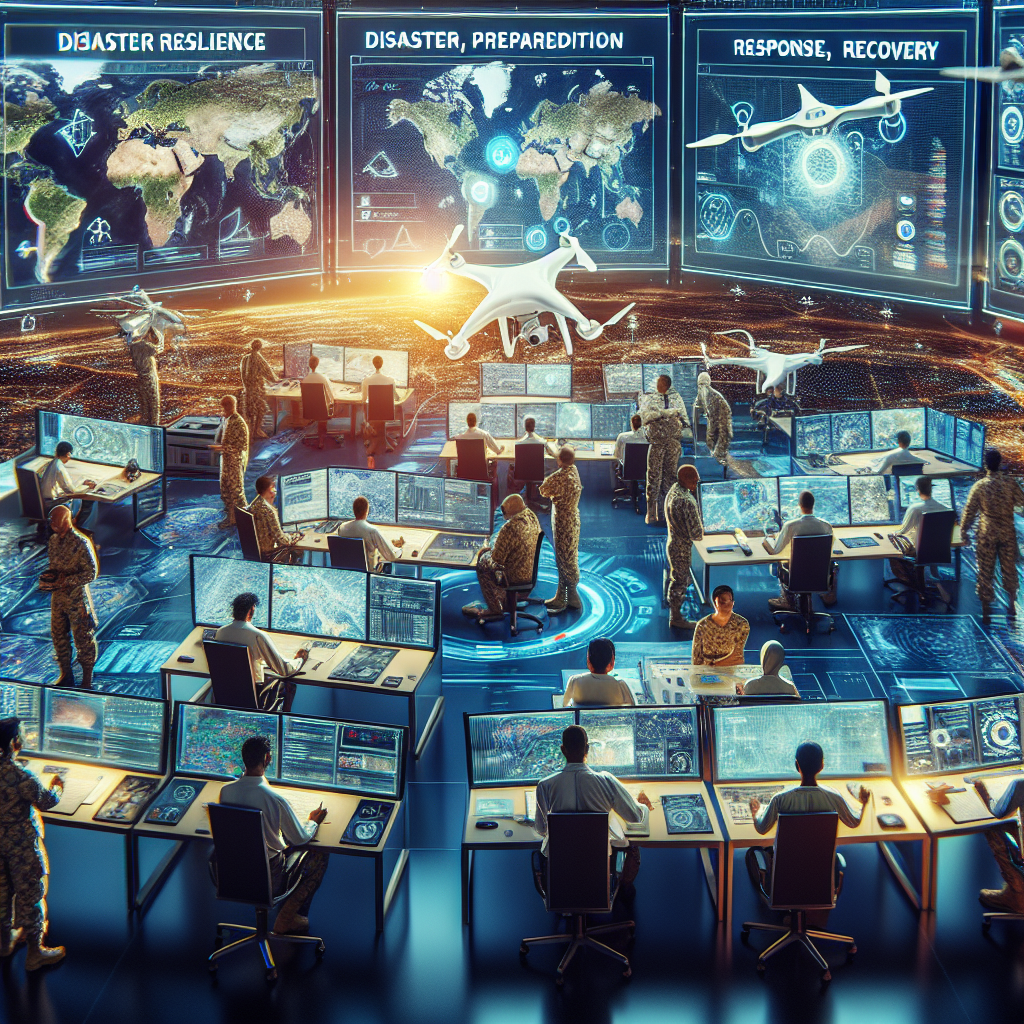In recent years, natural disasters have become more frequent and devastating, causing widespread destruction and loss of life. From hurricanes and earthquakes to wildfires and floods, the impact of these events can be felt for years to come. In order to better prepare for and respond to these disasters, many organizations are turning to artificial intelligence (AI) solutions to improve disaster resilience.
AI has the potential to revolutionize the way we approach disaster management by providing real-time data analysis, predictive modeling, and decision-making support. By harnessing the power of AI, emergency responders can better anticipate disasters, mitigate their impact, and coordinate response efforts more effectively.
One of the key ways AI can improve disaster resilience is through predictive analytics. By analyzing historical data and real-time information, AI algorithms can identify patterns and trends that may indicate an impending disaster. For example, AI can analyze weather patterns, seismic activity, and other environmental factors to predict the likelihood of a hurricane, earthquake, or flood. This information can help officials prepare for the disaster, evacuate at-risk areas, and allocate resources more efficiently.
Another way AI can enhance disaster resilience is through real-time monitoring and situational awareness. By utilizing sensors, drones, and other IoT devices, AI can collect and analyze data from disaster-affected areas, providing emergency responders with up-to-date information on the extent of the damage, the location of survivors, and the availability of resources. This real-time data can help officials make informed decisions and coordinate response efforts more effectively.
Furthermore, AI can improve communication and coordination among different agencies and stakeholders involved in disaster response. By using AI-powered chatbots and communication platforms, emergency responders can streamline information sharing, coordinate resource allocation, and provide timely updates to the public. This enhanced communication can help ensure a more cohesive and efficient response to disasters.
Additionally, AI can assist in post-disaster recovery efforts by analyzing data on infrastructure damage, assessing the needs of affected communities, and prioritizing reconstruction projects. By using AI to optimize resource allocation and decision-making, officials can expedite the recovery process and help communities rebuild more resiliently.
Overall, AI solutions have the potential to greatly enhance disaster resilience by providing better predictive capabilities, real-time monitoring, improved communication, and more efficient post-disaster recovery efforts. By harnessing the power of AI, organizations can better prepare for and respond to natural disasters, ultimately saving lives and reducing the impact of these catastrophic events.
FAQs:
1. How can AI help predict natural disasters?
AI can analyze historical data and real-time information to identify patterns and trends that may indicate an impending disaster. By analyzing weather patterns, seismic activity, and other environmental factors, AI algorithms can predict the likelihood of a hurricane, earthquake, or flood.
2. How does AI improve communication and coordination during disaster response?
AI-powered chatbots and communication platforms can streamline information sharing, coordinate resource allocation, and provide timely updates to emergency responders and the public. This enhanced communication can help ensure a more cohesive and efficient response to disasters.
3. What role does AI play in post-disaster recovery efforts?
AI can assist in post-disaster recovery by analyzing data on infrastructure damage, assessing community needs, and prioritizing reconstruction projects. By using AI to optimize resource allocation and decision-making, officials can expedite the recovery process and help communities rebuild more resiliently.

